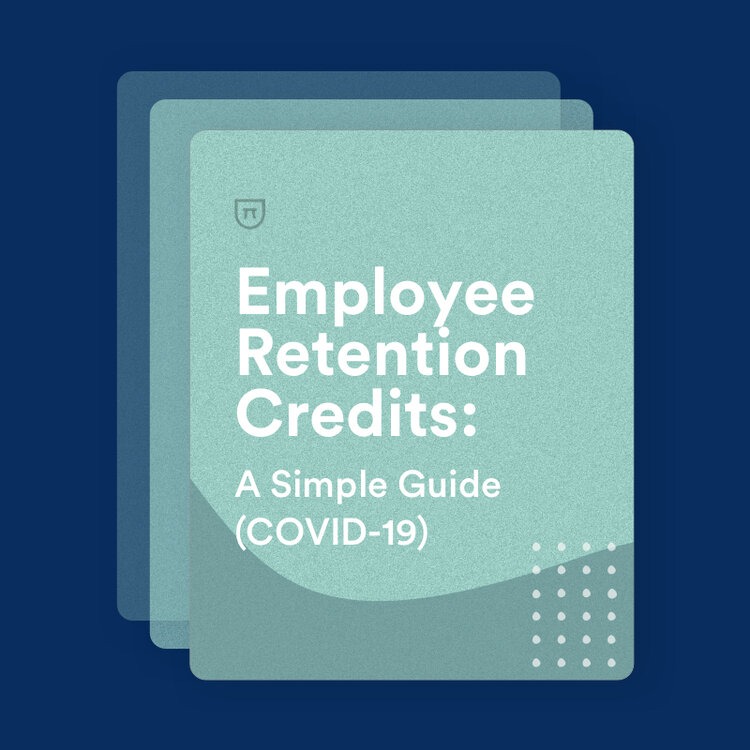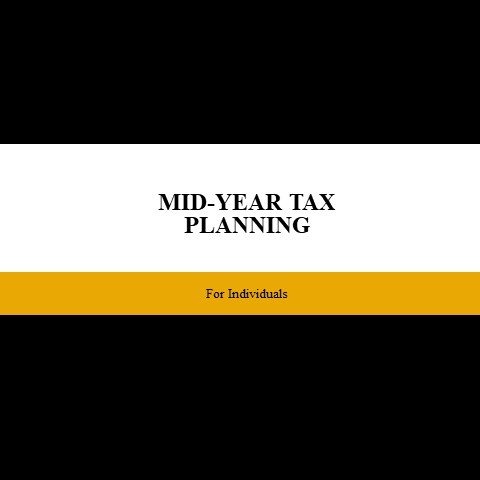TAX PLANNING FOR EARLY RETIREMENT
Background
Taxpayers who wish to retire in their 50s may be motivated to aggressively save for retirement by maxing out 401(k) and IRA contributions. They do everything right, and they have enough money to fund retirement. There is just one problem: All their money is in qualified retirement accounts and any withdrawals will be subject to early distribution penalties. Despite doing everything right, they are penalized.
So, how can taxpayers access their money in retirement without wasting a significant amount on penalties? Here’s what you need to know.
Asset Location and Allocation
The first solution is to avoid the situation in the first place. When planning for retirement, ensure there are enough liquid assets in taxable brokerage accounts to last until at least age 59 1/2, if not later. While contributing to retirement accounts, one should invest an appropriate amount in a brokerage account to support retirement until living expenses can be covered by qualified retirement distributions and/or Social Security. In an ideal world where the taxpayer can defer Social Security until age 70 and retirement account distributions until age 73, taxable assets could be needed to fund 15-20 years of living expenses. Plan and save accordingly!
Assuming savings levels are met to fund an early retirement, there is another very important factor to consider: asset allocation. Why? When structuring a portfolio, cash equivalents and municipal bonds are typically held in taxable accounts, while tax-advantaged retirement accounts are typically invested in equities via mutual funds, ETFs, and index funds. High-risk assets are typically held outside retirement accounts due to regulatory requirements and/or tax efficiencies, and often, these investments are locked up for an extended period of time (hedge funds, private equity, real estate, etc.). In such a portfolio, the only assets available to draw from are cash and fixed income-the exact asset classes you want to dial up in retirement! Portfolios should be structured in a manner that allows for a drawdown of assets while keeping target portfolio allocations in line.
Plan B
What happens if a taxpayer failed to properly plan and needs to draw from retirement accounts in their 50s? (The RV/boat/cabin just can’t wait a minute longer! Unfortunately, health or personal issues don’t leave a choice.) The taxpayer has a few options. It should be emphasized that none of these are particularly great options and they have narrow qualifications, but they might be the only way a taxpayer can make early retirement work.
Substantially Equal Periodic Payments. One way to pull money from an IRA or other qualified retirement account is to implement a Series of Substantially Equal Periodic Payments (SoSEPP) from the first year of distribution until age 59 1/2 or five tax years, whichever is longer. IRC Sec. 72(t) allows this exception; in fact, these distributions are sometimes referred to as a 72(t) distribution. Notice 2022-6 details the three calculations that may be used to determine the payments, all of which are based on the IRS’s life expectancy tables. The SoSEPP is applied to and enacted within one qualified retirement account and can only be taken from one account at a time.
In practice, a SoSEPP is quite restrictive and easily violated. Consider the following:
(1.) To initiate a SoSEPP from an employer-sponsored plan, such as a 401(k), the taxpayer must be separated from service.
(2.) If total distributions for any of the years don’t equal the exact payment amount calculated, all distributions lose Section 72(t) protection.
(3.) No other funds can enter or exit the account, even via rollover.
(4.) Even if on a monthly distribution schedule, the total distributions for the tax year are what matter, so true-up distributions may need to be made on the front and back ends of the five-year schedule.
Given these restrictions, it should be determined how much money will be needed during the SoSEPP time frame and only the amount that satisfies the calculations should be rolled into a separate IRA to be designated as the Section 72(t) account. Any violations of the rules will result in the immediate disqualification of the Section 72(t) exception, and any distributions made prior to age 59 1/2 will be subject to the early distribution penalty. To report and pay the excise tax, the prior year return can be amended or Form 5329 can be filed on its own.
Note: If the Section 72(t) account has a high concentration of one asset class, the portfolio allocations will be impacted by the distributions. This may have a significant impact on the frequency and mechanics of rebalancing the portfolio.
For more information on how a SoSEPP works, see www.irs.gov/retirement-plans/substantially-equal-periodic-payments
The Rule of 55. The next tool in our chest is the “rule of 55” for employer-sponsored plans. As permitted by IRC Sec. 72(t)(2)(A)(v) , if one is retiring or otherwise terminating employment from an employer at the age of 55 or older, distributions may be taken from that employer’s 401(k), 403(b), etc., plan without penalty (if the plan allows it). The key here is that the employee cannot separate from the employer before turning age 55, and IRAs and plans from prior employers do not qualify for the exception. The good news is that taking a distribution that meets the rule of 55 does not preclude someone from going back to work and contributing to a new retirement plan in the future.
The significant advantage of the rule of 55 over the SoSEPP is that there is no schedule that must be strictly observed. Simply, the employee must remain employed until age 55 and, if needed, have enough in the employer plan to cover living expenses until age 59 1/2. However, if the 401(k) is rolled over to an IRA, the exception does not carry to the IRA and any distributions may be subject to the early distribution penalty.
Lastly, for certain federal and state public safety employees, IRC Sec. 72(t)(10) reduces the age from 55 to 50.
Roth Contribution Distributions. One of the benefits of a Roth IRA is that contributions may be taken out tax free at any time. There is no prorata rule in this regard and, with proper tracking, the taxpayer can choose to treat the distributions solely as a return of contributions until the contribution portion of the account has been exhausted. Typically, one would roll an employer plan to an IRA after separation due to investment options and management costs. The good news is that the contribution portion of a rollover is not subject to the five-year rule and may be distributed from the Roth IRA at any time. For someone who may have maxed out contributions over several decades, the contribution portion of the Roth account(s) may go a long way to covering living expenses until age 59 1/2.
Referencing the five-year rule, a Roth IRA must be open for at least five years and the taxpayer age 59 1/2 for distributions in excess of contributions to be considered qualified and tax free. Even if there is no intent to fund the Roth IRA in the short term, it’s always a good idea to open one by age 54 to start the clock.
Roth Conversion (The Other Five-year Rule). To keep things confusing for taxpayers, there are two five-year rules pertaining to Roth IRAs. We’ve already addressed the first rule. The second pertains specifically to Roth conversions, including mega “backdoor” Roth conversions. If we can distribute Roth contributions with no penalty, why not just do a Roth conversion, backdoor or otherwise, to establish tax basis within a Roth IRA and then distribute out the amount previously taxed? This would create a rather convenient workaround to avoid early distribution penalties. There’s a rule to prevent exactly that: the other five-year rule. Simply put, there’s a five-year hold on amounts converted to Roth IRAs. Roth conversions are a great strategy for managing tax liabilities throughout retirement, but they don’t necessarily create liquidity.
Other Exceptions to the 10% Penalty. Notice 2020-62 provides a complete list of exemptions to the 10% early distribution penalty, but below are two exceptions that may help certain taxpayers in the event they apply.
(1.) Total and permanent disability.
(2.) Deductible medical expenses that exceed 7.5% of AGI, regardless of whether itemizing or taking the standard deduction.
Conclusion
Saving for retirement is critical for most Americans as pensions are no longer prominent and Social Security may not be sufficient. Saving is but the first step, and planning is the second. Without proper planning, the best intentions may backfire. In real estate and retirement, location, location, location is the name of the game. It is important to work with financial advisors who understand the tax consequences of asset location and allocation as it may take a good deal of planning to properly save and invest for an early retirement.






